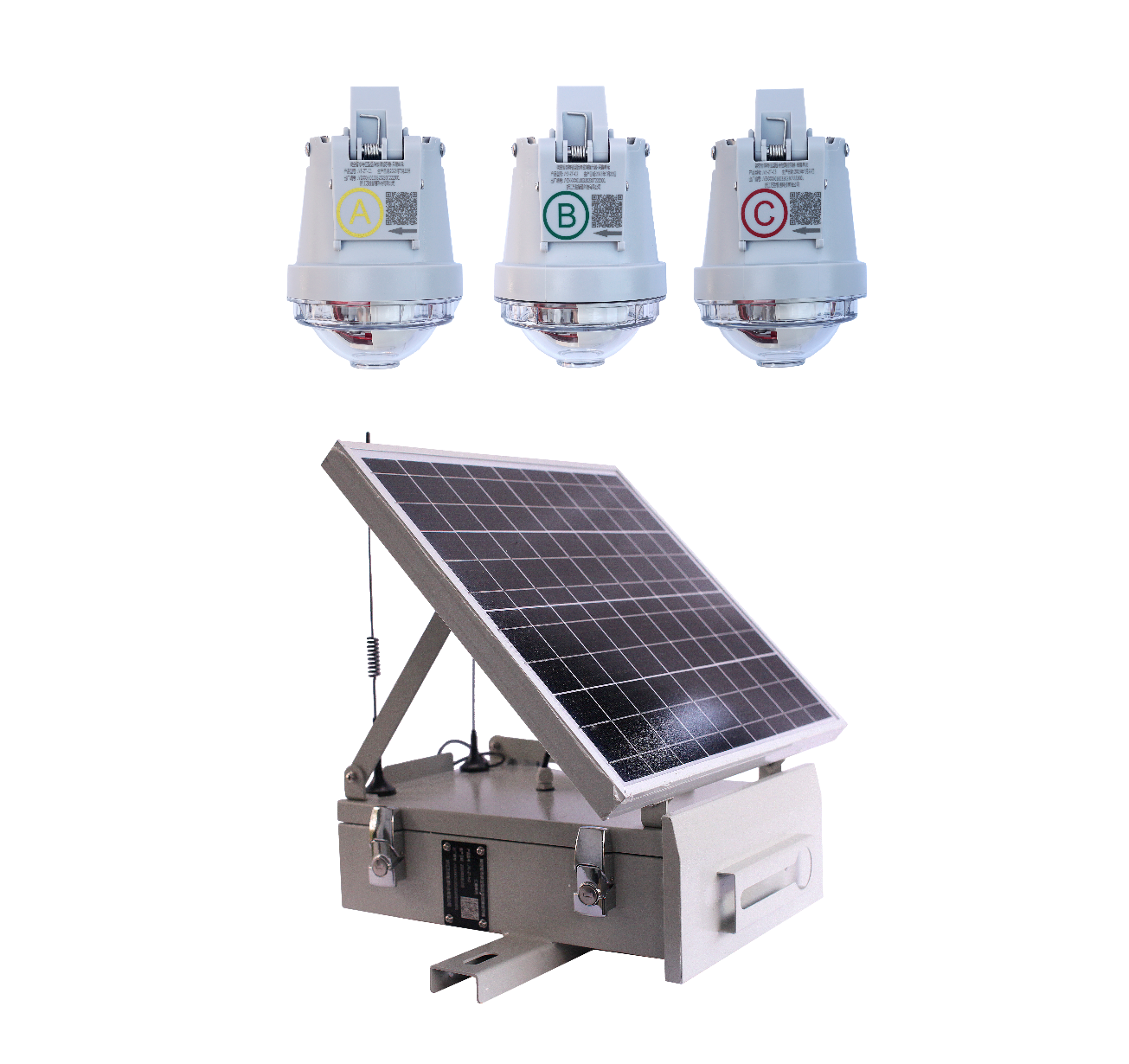

1) High-Resistance Ground Fault Detection: Traditional equipment struggles to detect high-resistance ground faults (such as those caused by tree contact with power lines or deteriorated insulation). However, transient characteristic indicators can achieve highly sensitive detection by analyzing transient signals.
2) Transient Current Analysis: By employing high-frequency sampling technology, these indicators capture the transient current waveforms in the line at the moment a fault occurs and analyze their characteristics to determine the type of fault.
3) Transient Voltage Analysis: Monitor transient voltage changes in the line and combine this information with current signals allows for more accurate fault identification through comprehensive analysis.
4) Fault Section Localization: Multiple indicators working in coordination can precisely locate the section where the fault occurs, narrowing down the area for fault investigation and thus improving the efficiency of fault handling.
5) Fault Data Recording: The indicator can record information such as the time of fault occurrence, type of fault, and magnitude of current, facilitating subsequent analysis and fault diagnosis.
6) Historical Data Query: Maintenance personnel can remotely access historical fault data to analyze the operational status and fault trends of the line.
7) Status Monitoring: The indicator continuously monitors parameters like current and voltage in the line and transmits this data to the monitoring center, enabling maintenance personnel to keep track of the line's operational condition.
8) Remote Configuration: Maintenance personnel can remotely configure the indicator's parameters, such as adjusting the sensitivity of fault detection and setting alarm thresholds.
9) High Sensitivity: Capable of detecting high-resistance ground faults and low-current faults that are difficult for traditional equipment to identify.